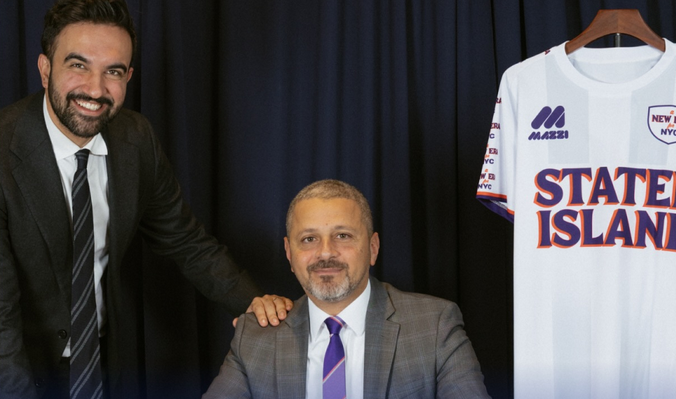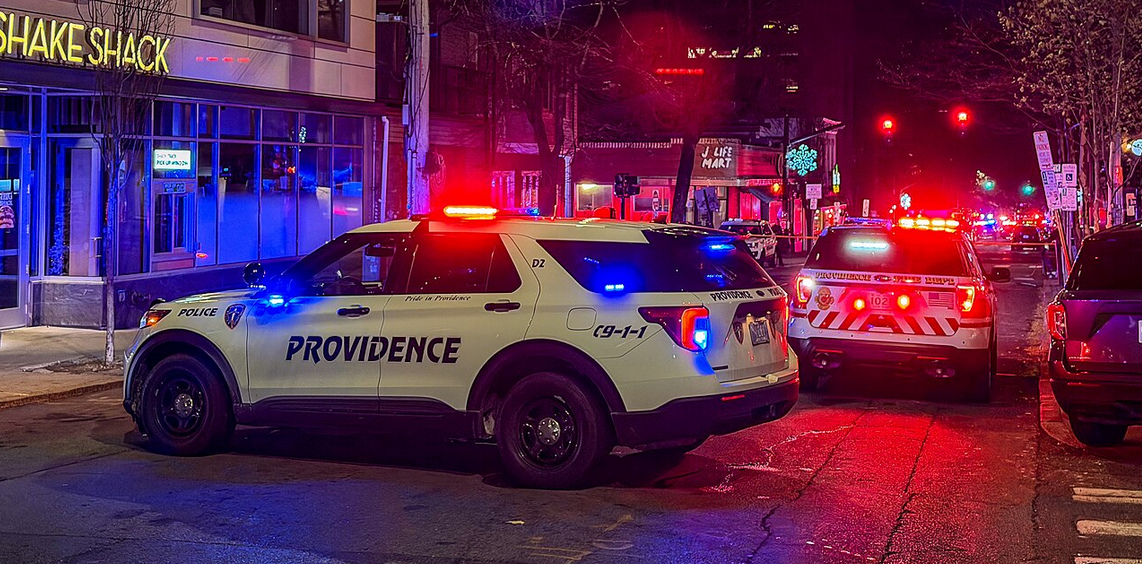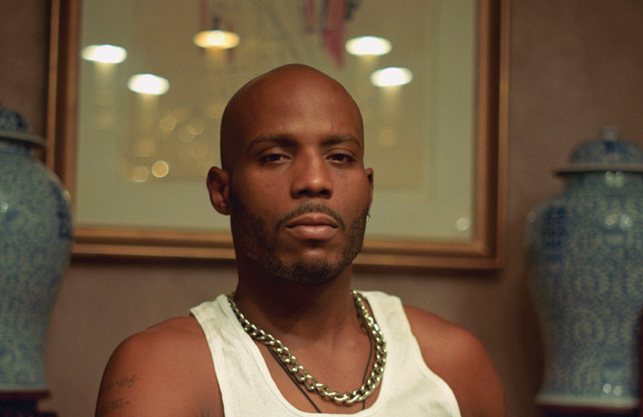Robbery Suspect Christopher Ransom. Photo: Twitter.
[Analysis]
To begin with let’s stop using the term “friendly fire.” Friendly to whom? Certainly not to its victim or the relatives and loved ones.
The shooting death of Police Detective Brian Simonson by fellow NYPD officers responding to reports of an armed robbery is a great tragedy. When an officer leaves his home to report for duty the last thing she or he is concerned about is being killed by a fellow officer.
This was the sad fate of Simonson. He and his partner Sgt. Matt Gorman was one of the officers responding to reports that a T-Mobile store was being robbed by a suspect with a gun. It turns out it wasn’t even a real gun.
Even if the suspect had had a real gun the conduct and outcome of the police response and the potential to put the lives of other officers at risk, leave alone the lives of civilians, raises troubling questions. They must be reviewed to avoid future tragic outcomes.
According to police reports, Detective Simonson and his partner, Sgt. Matt Gorman received a call that a T-Mobile store was being robbed by a suspect with a gun.
According to the initial reports when the two officers arrived at 91-62 Atlantic Ave. and 120th St., they spotted the 27-year-old suspect, Christopher Ransom, a Black male, wielding a handgun inside the store. The report states: “The two police officers entered the store and shots are fired. As the two officers retreat, they run into a barrage of gunfire from responding officers. Detective Simonson is struck once in the chest and is later pronounced dead at Jamaica Hospital. Sgt. Gorman is hit in the leg, but survives his injury. The suspect is also struck once, but lives.”
Police initially said “shots are fired” not “the suspect fired shots.” Did the NYPD already know at that point that the suspect could not have fired because he did not have a real weapon?
Police later recovered Ransom’s fake weapon. So, it’s now obvious Ransom didn’t initiate the gunfight. For some reason, Detective Simonson and Sgt. Gorman discharged their weapons first. Did they issue a warning to the suspect? Did they conclude their lives were under imminent danger and had no choice but to initiate fire? True–When facing a suspect who appears armed there are several questions to consider.
NYPD officials gave an update 20 hours into the investigation and reported that 42 rounds were fired when up to seven officers responded to the robbery. After hearing shots fired, the officers outside the store drew their weapons and opened fire without ascertaining the situation, believing the suspect was the one doing the firing. Det. Brian Simonsen and Sgt. Matt Gorman, both in plainclothes, were caught in the crossfire.
This part of the operation is much more problematic. What are the rules of engagement under such circumstances? Did the officers who arrived after Simonsen and Gorman have any indication that the suspect was firing? Did they conclude, once they heard gunshots that they must have been Simonsen and Gorman responding to gunfire from the suspect?
If police officers knew that they were dealing with an armed suspect who had hostages, then why didn’t they call the Emergency Service Unit (ESU) to breach the store instead of risking their own lives and the lives of the hostages?
ESU is uniquely trained and equipped to perform SWAT (Special Weapons and Tactics). Members of ESU are cross-trained in multiple disciplines for police, first aid, and rescue work. Since Ransom had two employees hostage, wouldn’t that have made the police response a rescue operation?
Arriving units should have secured the perimeter, blocked traffic, covered all exits and entrees and made sure neighboring businesses were safe and secure.
This is why these questions must be posed. Otherwise the inference is that the officers who came after Simonsen and Gorman were firing randomly. This clearly put the lives of fellow officers, let alone civilian employees of the store as well as other nearby at great risk –in the case of Simonson it cost him his life.
It’s true that had Simonson not responded to the reported robbery he would be alive today. But police officers are supposed to respond to robberies. The very least they deserve is for their lives not to be put at risk by fellow police officers.
In the past NYPD officers have been accused of being ready to shoot first and then ascertain the circumstances later when responding to incidents involving Black suspects. Police generally deny such accusations.
What we continue to see over and over again in communities of color is an alarming disregard for Black lives. It doesn’t matter if some of the cops shooting are themselves Black.
This incident recalls other cases where multiple shots have been fired by NYPD officers.
In the case of Sean Bell, a team of both plainclothes and undercover NYPD officers fired more than 50 rounds, striking Bell and two of his friends inside their vehicle. They had no weapons in that case and had committed no crime. Stray bullets were caught on video striking the Long Island Rail Road pathway some blocks away. Bullets were ricocheting everywhere.
The same situation occurred when plainclothes NYPD officers fired more than 40 rounds at 23-year-old Amadou Diallo, who was an immigrant from Guinea. Diallo was struck 19 times outside his apartment and died from his injuries. Police said they thought he was a suspect in a rape case. He was unarmed and innocent.
Whether the suspect was Black, White, Asian or Latino should not be relevant. The manner in which NYPD officers who responded to the report of an armed robbery at the T-Mobile store must be reviewed and the department must issue a statement or report.
Otherwise a similar incident may occur again–jeopardizing the lives of other officers and civilians in the process.






